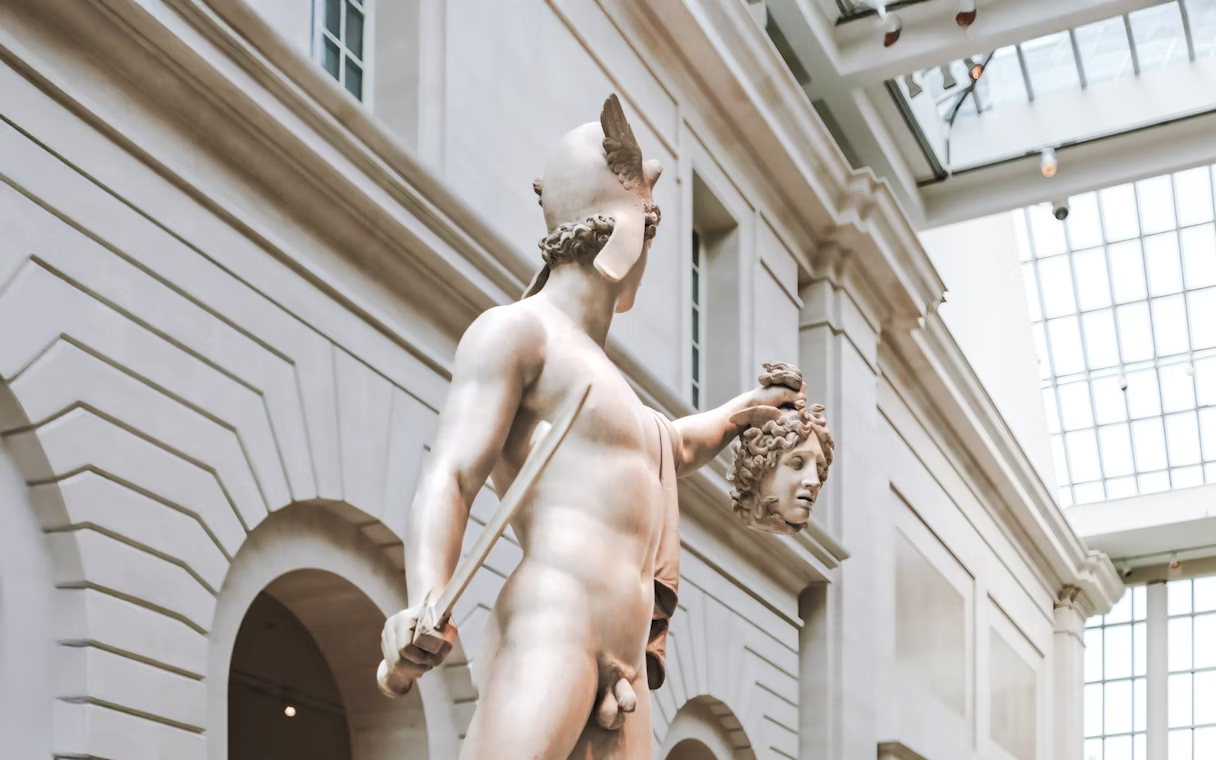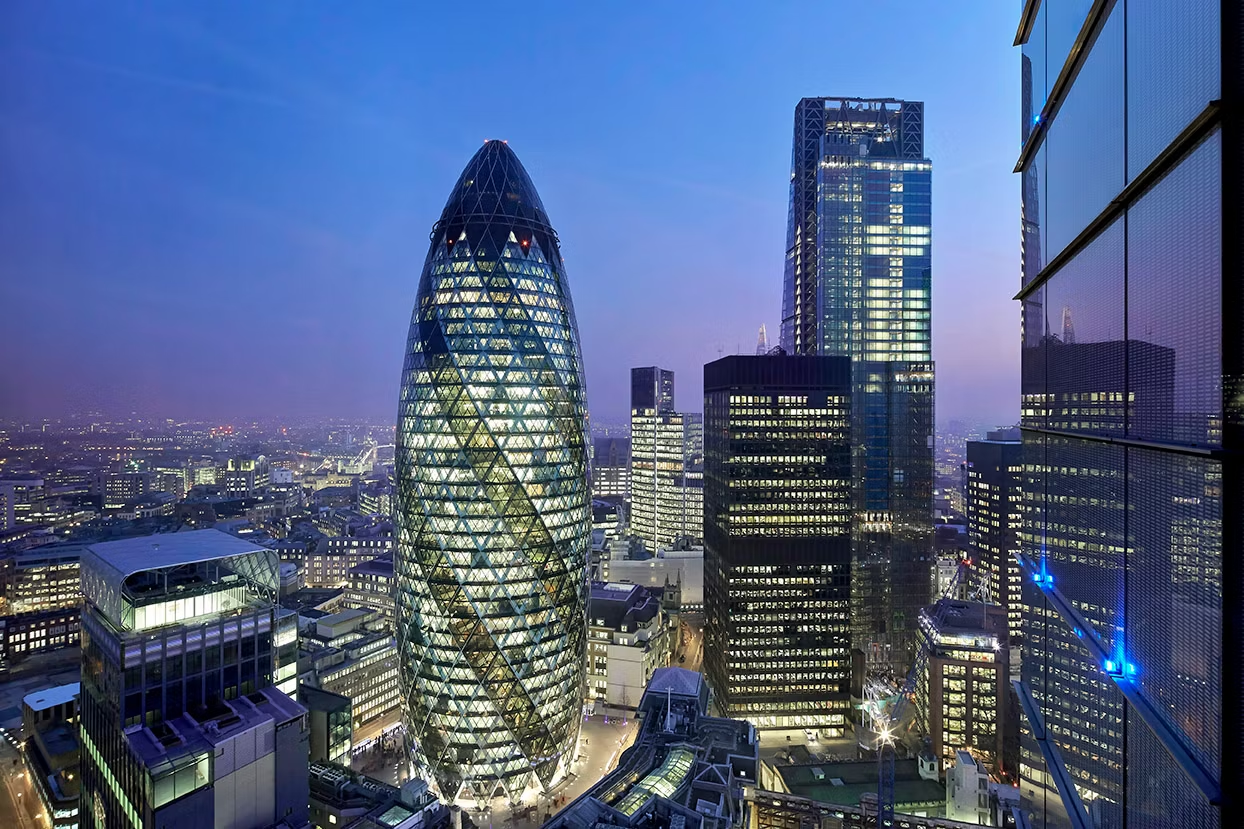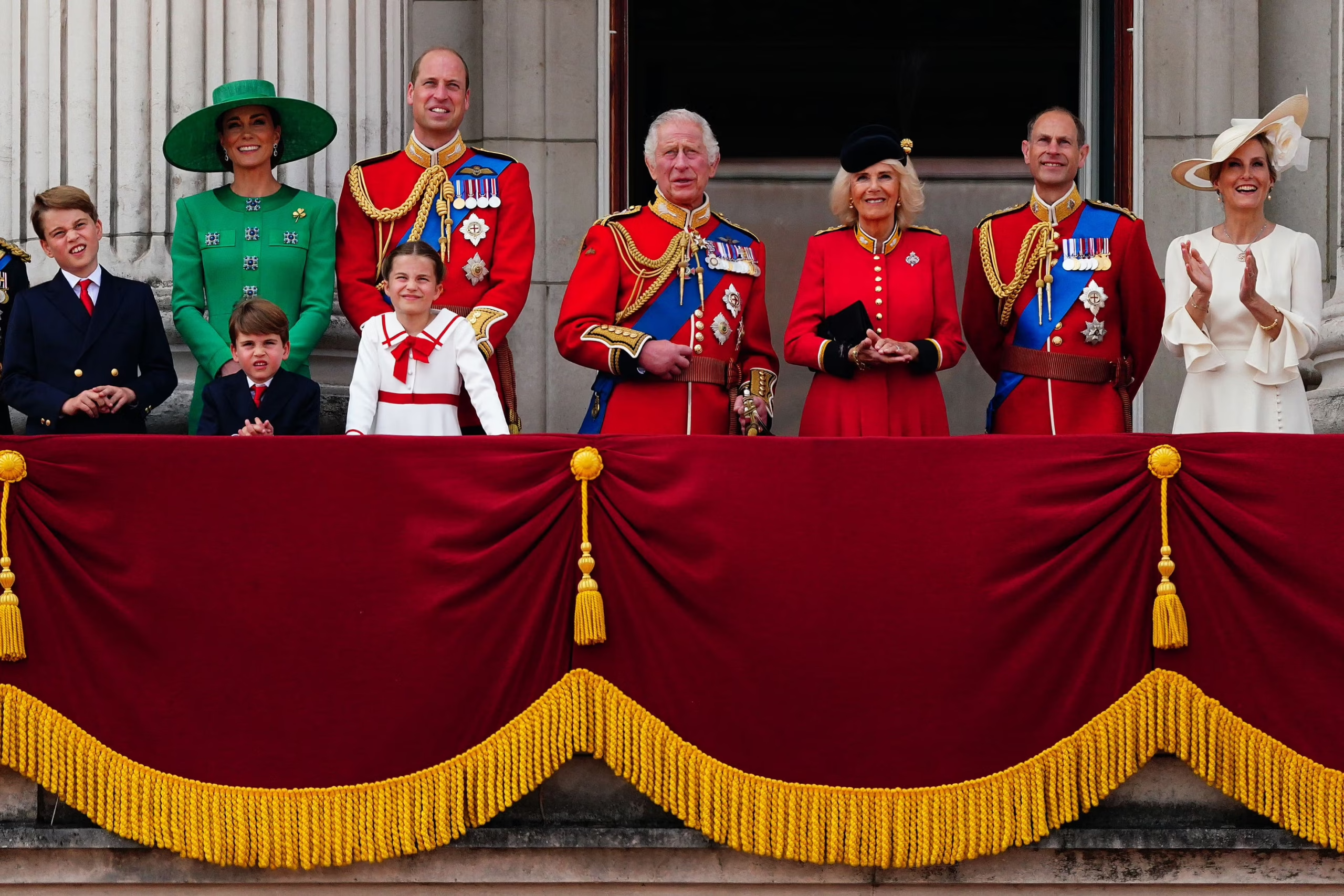FEATURED
Redesigned Galleries at The Metropolitan Museum of Art
New York – The Metropolitan Museum of Art (The Met) reopened its extensively redesigned galleries for the Art of the Ancient Americas in the Michael C. Rockefeller Wing on May 31, 2025. Concurrently, the museum's renovated African art galleries were also made accessible to the public. The presentation in the Ancient Americas section comprises nearly 700 artworks, documenting the artistic creations of indigenous cultures from North, Central, and South America, as well as the Caribbean, spanning a period of approximately 6,000 years.

The redesign of the galleries is the result of a multi-year project realized in collaboration with specialists from the USA and Latin America. A central concern was the incorporation of current research findings as well as indigenous perspectives and texts. Max Hollein, the Marina Kellen French Director of The Met, stated that the wing's original opening in 1982 brought a significantly broader perspective on global art history to the museum. The current redesign, he added, reflects the endeavor to continuously expand the understanding of these art forms and to present more complex narratives.
The architectural design of the new exhibition spaces was developed by Kulapat Yantrasast (WHY Architecture) in collaboration with Beyer, Blinder, Belle Architects LLP and The Met’s design department. The concept is guided by historical architectural traditions of the Americas, including rectangular plazas of Central Mexico and U-shaped sacred structures from Peru's north coast. Stone platforms and newly defined spatial sequences are intended to provide an appropriate framework for the artworks. A newly installed, sloped glass wall on the south facade allows filtered daylight from Central Park to enter, thereby highlighting monumental stone sculptures and detailed metalwork.

A special focus of the redesigned section is a dedicated gallery for light-sensitive ancient Andean textiles and featherwork. According to the museum, this is the first gallery of its kind in the United States. The exhibits, which represent a tradition of fiber arts spanning over 3,000 years and are in some cases over two thousand years old, are displayed in specialized cases with controlled lighting. To ensure their long-term preservation and to offer visitors varied insights, a regular rotation of the exhibited objects is planned. Textiles held exceptional importance in Andean cultures, serving as carriers of social, political, and religious information.
The Michael C. Rockefeller Wing originally opened in 1982, uniting the collections of African, Oceanic, and Ancient American art under one roof. It was named in memory of Michael C. Rockefeller, son of former New York Governor Nelson A. Rockefeller, who had significantly built up the collections. The renovation work, which began in 2021, aimed, according to Alisa LaGamma, Ceil and Michael E. Pulitzer Curator in Charge of African Art and supervising curator of the Rockefeller Wing, "to deepen appreciation for the greatness of the art on view" and in doing so, "to underscore their autonomy from one another and to foreground the artists responsible for these achievements."

The current realignment includes an engagement with collection history and the ethical responsibilities of museums. The inclusion of indigenous viewpoints and the extension of the period under consideration to include indigenous traditions during the Viceregal (Colonial) period are part of these efforts. The galleries, according to the architects from WHY Architecture, are intended to serve as "sites of empathy," where artworks from other cultures can be viewed and appreciated.
The selection of exhibits ranges from monumental stone sculptures of the Olmec and Maya, to intricate gold objects from Colombia, to ceramics from the Moche and Nazca cultures. These artifacts provide insights into complex societal structures, spiritual beliefs, and artisanal skills. According to David Carballo, a scholar involved in the redesign, the objects also attest to the extensive connections and cultural exchange among the indigenous peoples of the Americas.
City of New York officials attended the official reopening. Laurie Cumbo, Commissioner of Cultural Affairs, described the project as an example of the "tremendous care, thoughtfulness, and collaboration" invested in the redesign. Council Member Keith Powers commented that the renovated galleries would allow for "further engagement with the rich history on display at The Met."
The redesign of the galleries for the Art of the Ancient Americas at The Metropolitan Museum of Art aims to highlight the significance of these artistic traditions in a global context. It is intended to contribute to broadening Eurocentric perspectives in art history and fostering a more inclusive understanding of art. Collaboration with communities of origin and international researchers is emphasized as an important aspect and could serve as a model for other institutions.
The new galleries are expected to function as a center for research and education. Digital information offerings, the integration of new scholarly findings, and a commitment to continuously reviewing narratives indicate a dynamic approach to the collection. The presentation and planned rotation of light-sensitive textiles are intended to repeatedly offer new perspectives to visitors. The reopening is seen as a step by the museum to further develop its role as a place of dialogue and respectful engagement with the diversity of global cultural creation.





































































